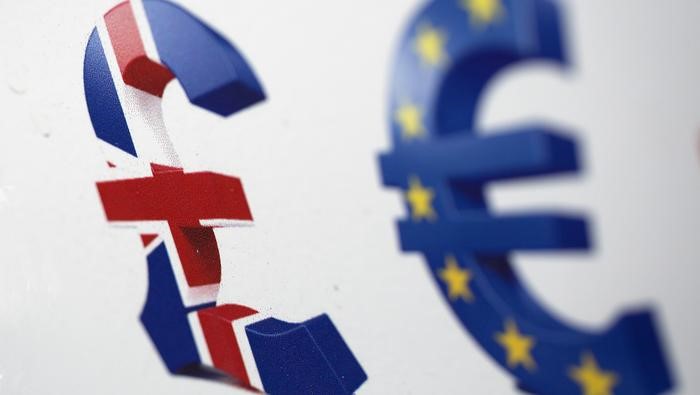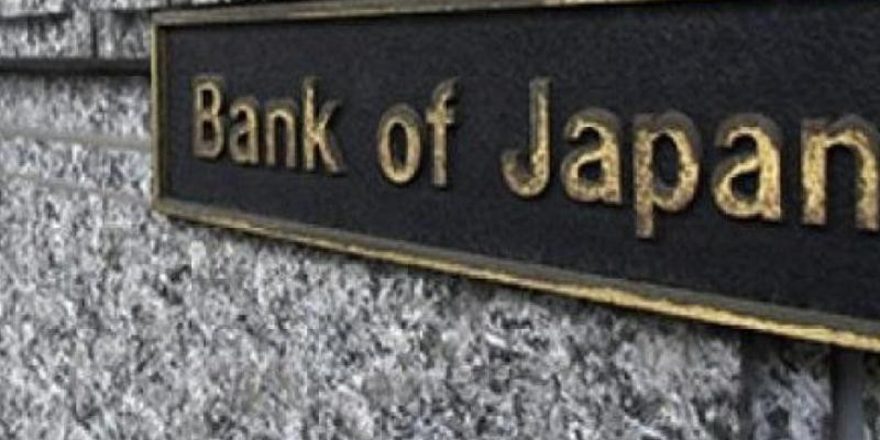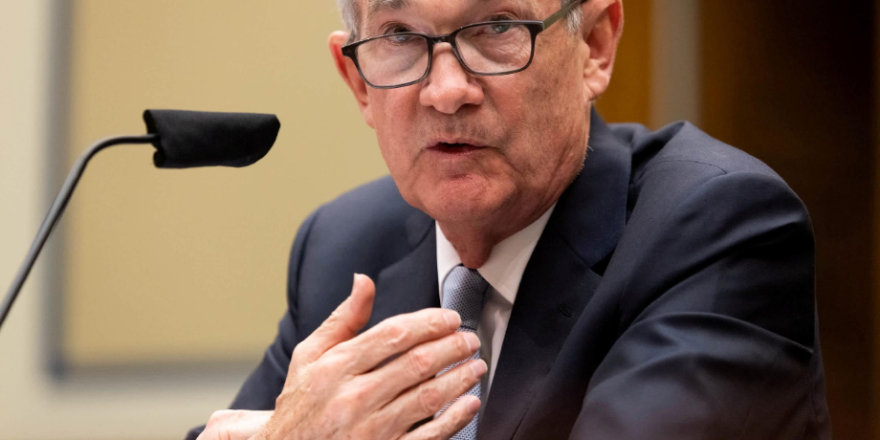As a result of higher prices 84% of Americans plan to cut back on spending. Dining out will be one of the first luxuries to go for price-conscious consumers, as well as impulse purchases, driving and other experiences.
A report on Tuesday showed consumer prices rose 1.2% in March from a month earlier, underscoring the painfully high cost of living and reinforcing pressure on the Federal Reserve to tighten policy even more aggressively. Data out Wednesday showed producer prices also rose notably, which will feed through to consumers even more.
Russia’s war in Ukraine is driving up costs for energy and commodities, adding to rampant inflation that’s crumbling purchasing power. After the largest monthly percentage increase in average gasoline prices in six years, and along with rising food and shelter costs, Americans have tougher spending choices to make beyond essentials.
There are other signs that that’s already happening. Retailers like Bed Bath & Beyond Inc. blamed slowing sales on inflation that’s hurting consumer confidence, and grocery chain Albertsons Inc. is bracing for less spending by lower-income customers as food prices surge.
U.S. retail sales picked up in March, helped by a surge in gas station receipts that masked mixed results in other large spending categories as consumers contend with decades-high inflation.
The value of overall retail purchases climbed 0.5%, Commerce Department figures showed Thursday. While that was just shy of expectations, the prior month was revised up sharply to show a 0.8% increase.
The March advance was led by a 8.9% jump in spending for gasoline. Excluding receipts at gas stations, sales fell 0.3% last month as vehicle and e-commerce purchases the two-largest spending categories, declined. The figures aren’t adjusted for inflation.
In some discretionary categories, such as apparel and restaurant spending, the rise in nominal sales outstripped inflation and suggested that the easing in pandemic-related restrictions is helping consumer spending, while in other components it was clear that inflation played a large role in boosting spending.
Retail sales excluding motor vehicles and gasoline rose 0.2% last month after a 0.1% dip in February, the Commerce Department’s report showed.
Still, household balance sheets remain healthy by several measures, with the unemployment rate near the lowest in five decades at 3.6% and elevated savings throughout the pandemic.
Separate data Thursday showed initial jobless claims rose slightly last week but remained at a historically low level. Applications for benefits increased by 18,000 to 185,000.
Ten of the 13 retail categories showed growth last month. Outside of gas stations, sales at general merchandise stores, electronics and appliances merchants and clothing outlets also rose. Non-store retailers, the second-largest sales category and volatile from month to month, fell 6.4%.
So-called control group sales which economists use to calculate gross domestic product and exclude food services, auto dealers, building materials stores and gasoline stations fell 0.1% in March from a month earlier.






